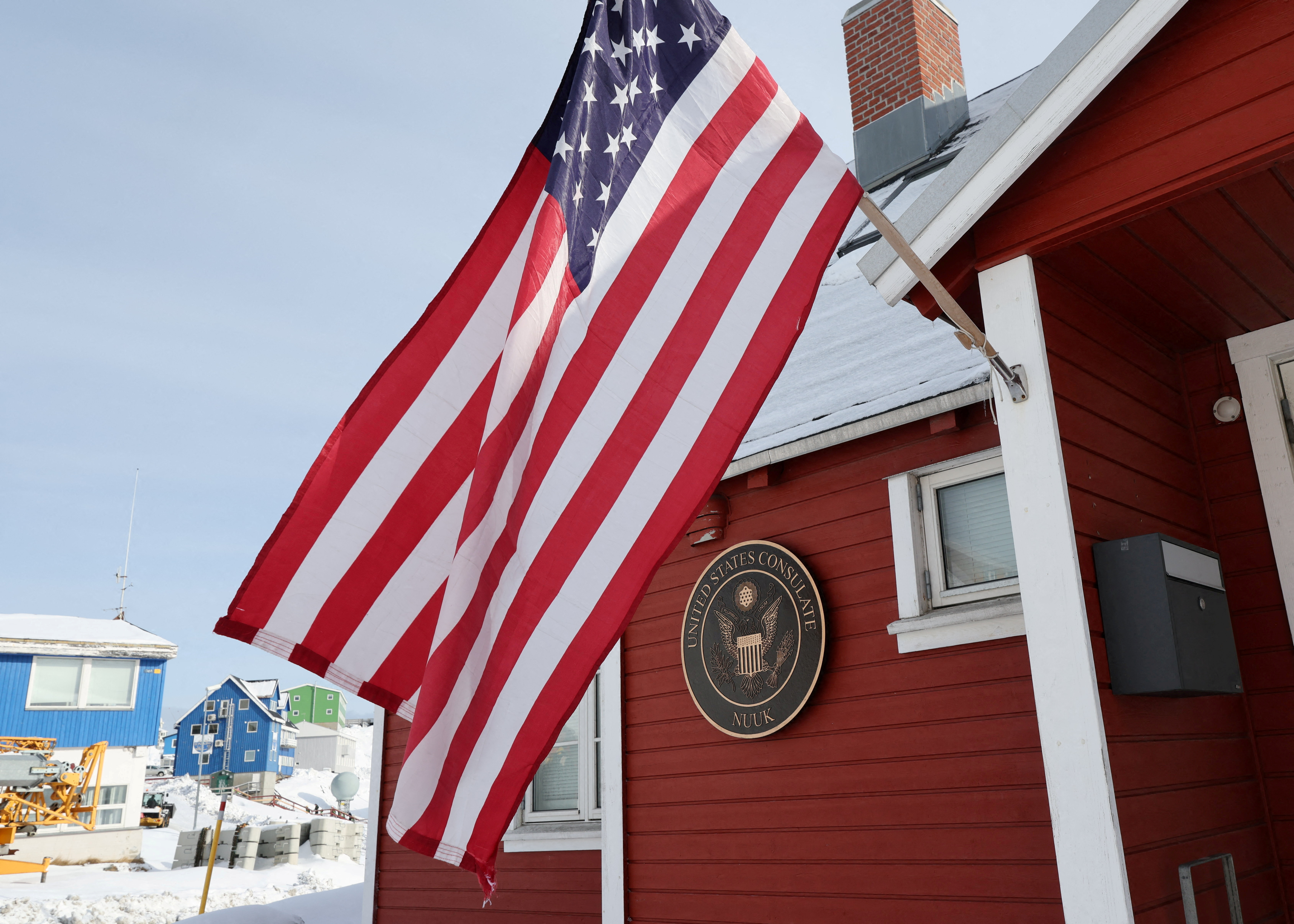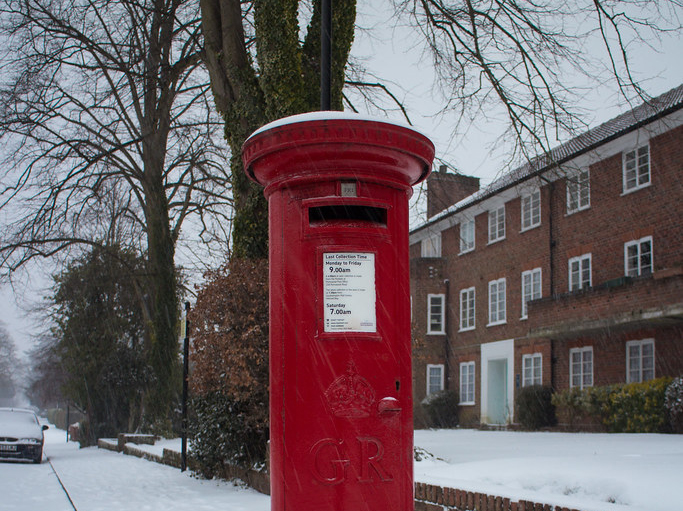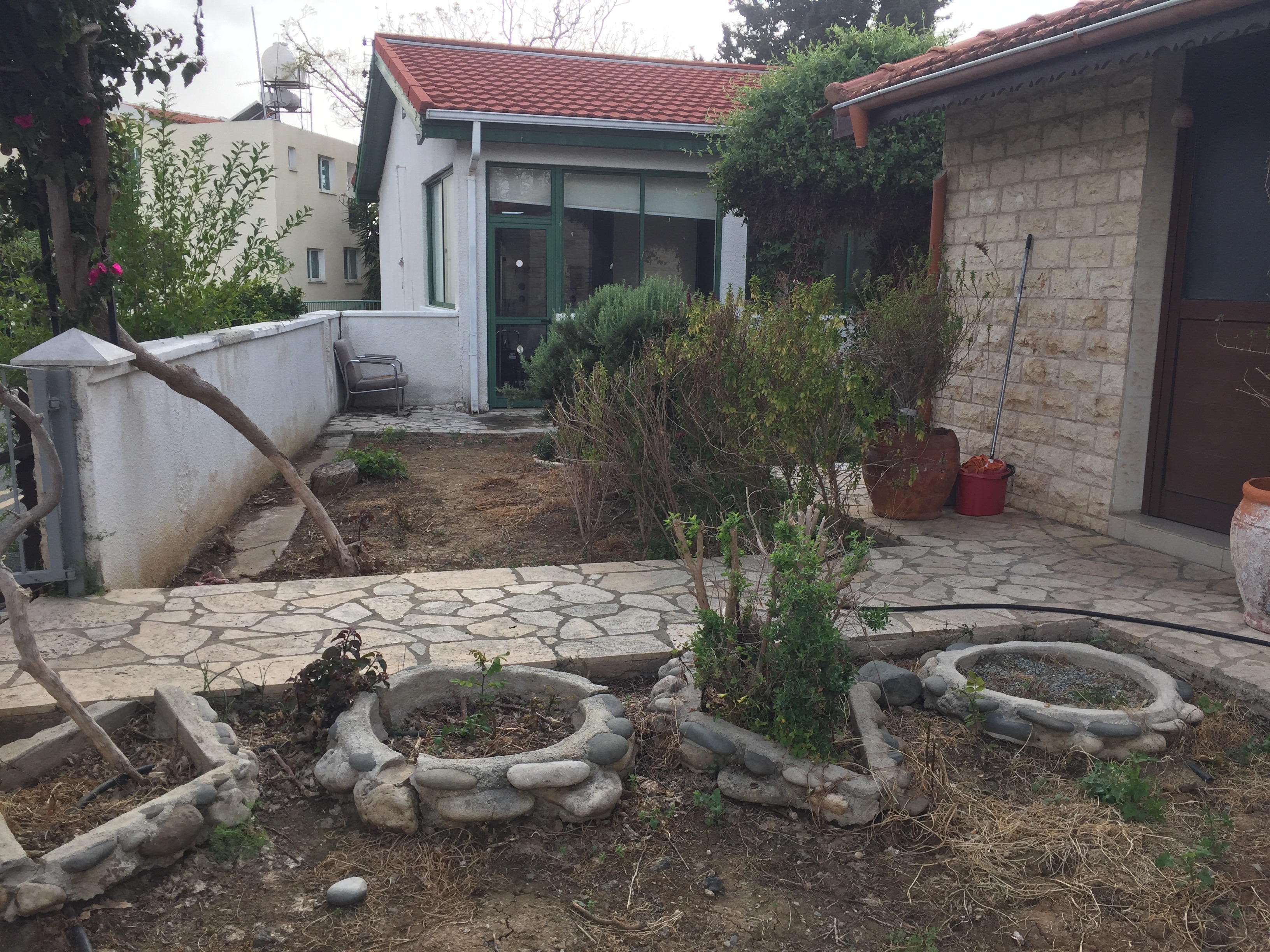Russia is winner in this dispute between NATO allies -analyst
U.S. Vice President JD Vance will visit Greenland on Friday at a time when President Donald Trump is renewing his insistence that Washington should take control of the semi-autonomous Danish territory.
In a scaled-back version of a trip plan that had angered authorities in both Greenland and Denmark, Vance was expected to fly to the U.S. military base at Pituffik in the north of the Arctic island.
Under the terms of a 1951 agreement, the U.S. is entitled to visit its base whenever it wants, as long as it notifies Greenland and Copenhagen.
The initial plan had been for Vance’s wife, Usha, to visit a popular dog-sled race together with national security adviser Mike Waltz, even though they were not invited by authorities in either Greenland or Denmark.
Waltz, who has faced pressure over Trump administration officials’ discussion of sensitive Houthi attack plans on the Signal messaging app, will still be on the Greenland trip, according to a White House source.
Why does Trump want the US to control Greenland?
Greenland’s strategic location and resources could benefit the U.S. It lies along the shortest route from Europe to North America, vital for the U.S. ballistic missile warning system.
The U.S. has expressed interest in expanding its existing military presence on the island, including placing radars there to monitor the waters between the island, Iceland and Britain, which are a gateway for Russian navy vessels and nuclear submarines.
On Wednesday, Trump reiterated his desire to take over the island, saying the U.S. would go as far as needed to take it.
The island, whose capital Nuuk is closer to New York than the Danish capital Copenhagen, boasts mineral, oil and natural gas wealth, but development has been slow and the mining sector has seen very limited U.S. investment. Mining companies operating in Greenland are mostly Australian, Canadian or British.
A White House official has said Greenland has ample supply of rare earth minerals that would power the next generation of the U.S. economy.
WHAT IS THE CURRENT U.S. PRESENCE?
The U.S. military maintains a permanent presence at the Pituffik air base in Greenland’s northwest.
A 1951 agreement between the United States and Denmark gave the U.S. the right to move around freely and construct military bases in Greenland as long as Denmark and Greenland are notified.
Historically, Denmark has accommodated the U.S. because Copenhagen does not have the capability to defend Greenland, and because of U.S. security guarantees to Denmark through NATO, according to Kristian Soeby Kristensen, senior researcher at Copenhagen University’s Centre for Military Studies.
WHAT IS GREENLAND’S STATUS NOW?
The island, a former colony of Denmark, became a formal territory of the Nordic kingdom in 1953 and is subject to the Danish constitution.
In 2009, the island was granted broad self-governing autonomy, including the right to declare independence from Denmark through a referendum.
Under the 2009 law, Greenland’s parliament, Inatsisartut, can invoke a provision that would have Denmark and Greenland begin negotiations about achieving full independence.
The people of Greenland would need to endorse independence through a referendum, and an independence agreement between Denmark and Greenland would also require consent from the Danish parliament.
Jens-Frederik Nielsen, leader of the pro-business Democrats, which came first in an election on March 11, has said he is seeking a broad coalition government to show unity in the face of the U.S. drive to control the island.
The party favours gradual independence from Denmark.
WHAT DOES GREENLAND WANT?
Relations between Greenland and Denmark have been strained after revelations of historical mistreatment of Greenlanders under colonial rule. However, Trump’s interest in making the island part of the U.S. has prompted Denmark to accelerate work to improve ties with Greenland.
Opinion polls show a majority of Greenland’s 57,000 inhabitants support independence, but they are divided over the timing and potential impact on living standards.
Many Greenlanders warn against acting rashly – fearing Greenland could become worse off and expose itself to the U.S. if it too quickly seeks independence from Denmark. Most Greenlanders do not want a new colonial master.
Greenland’s economy has been reliant on fishing, which accounts for over 95% of exports, and annual subsidies from Denmark, which cover roughly half of the public budget.
In total, Denmark spends just under $1 billion each year on Greenland, or $17,500 for each inhabitant.
Since 2019 Greenlandic politicians have repeatedly said they are interested in strengthening cooperation and trade with the U.S.
However, outgoing Prime Minister Mute Egede has stressed the island is not for sale and that only its people should decide their future.
WHAT IF GREENLAND BECOMES INDEPENDENT?
If Greenland became independent, it could choose to become associated with the U.S. without becoming U.S. territory.
The island could form a so-called “free association” with the U.S. that would replace Danish subsidies with U.S. support and protection in return for military rights, a set-up similar to the Marshall Islands, Micronesia and Palau.
According to Ulrik Pram Gad, senior researcher and expert on Greenland, Trump’s idea of buying Greenland is based on a misunderstanding of international law and the principle of self-determination, which gives people the right to choose their own political status.
WHAT DOES DENMARK SAY?
When Trump offered to buy the island during his first presidential term, Danish Prime Minister Mette Frederiksen called it “absurd”.
Since Trump expressed renewed interest, Frederiksen has said Denmark wishes to cooperate closely with the U.S. while stressing Greenland should determine its own future.
Frederiksen said on Tuesday the U.S. was putting “unacceptable pressure” on Greenland with this week’s visit and that Denmark would resist such pressure.
Greenland’s acting Prime Minister Mute Egede called the visit a provocation as the country has not yet formed a new government after a March 11 election.
Public broadcaster KNR reported on Thursday, without identifying its sources, that a pro-business party that emerged as the winner of the election will present a broad coalition on Friday.
Danish Prime Minister Mette Frederiksen called the U.S. visit “unacceptable” although Foreign Minister Lars Lokke Rasmussen welcomed news of the revised visit as a positive, de-escalating step.
By changing the trip, the Trump administration is seeking to refocus the discussion on the topics it is interested in: the U.S. presence on Greenland, military capabilities available, and the wider security of the Arctic, said Catherine Sendak, head of the Transatlantic Defense and Security programme at the Center for European Policy Analysis, a Washington-based think tank.
“A change of course was needed,” Sendak told Reuters. “It is positive, given the very public back and forth between the Danish and Greenland governments and the Trump administration about the intent of the initial visit.”
Still, Trump reiterated his desire to take over Greenland, saying the U.S. needs the strategically located island for national and international security.
“So, I think we’ll go as far as we have to go. We need Greenland and the world needs us to have Greenland, including Denmark,” he said on Wednesday.
Danish Defence Minister Troels Lund Poulsen condemned what he called Trump’s escalated rhetoric.
WHO BENEFITS FROM DISPUTE?
The question now is how far Trump is willing to push his idea of taking over the island, said Andreas Oesthagen, a senior researcher on Arctic politics and security at the Oslo-based Fridtjof Nansen Institute.
“It is still unlikely that the United States will use military means to try to get full control over Greenland,” he told Reuters.
That would break with many fundamental principles and rules that the U.S. has benefited from and has been a pillar for, he said.
“But it is unfortunately likely that President Trump and Vice President Vance will continue to use other means of pressure, such as ambiguous statements, semi-official visits to Greenland, and economic instruments,” he added.
“And the real winner in this unnecessary drama is Russia, who gets exactly what they want: discord in the transatlantic relationship.”
Tom Dans, a former member of the U.S. Arctic Research Commission during Trump’s first presidency, said Vance’s visit would help the Trump administration understand where it can collaborate further with Greenland.
“They’re trying to put the picture together for the future and understand where the best intersections are going to be for U.S. policy and investments to help Greenland,” Dans, a businessman, told Reuters.







Click here to change your cookie preferences